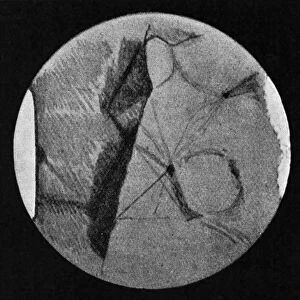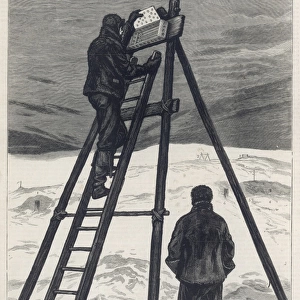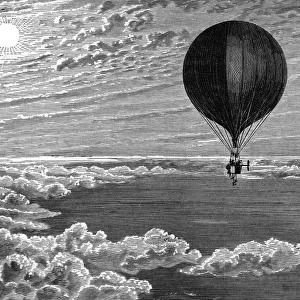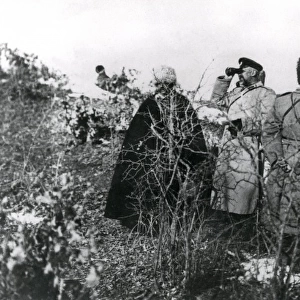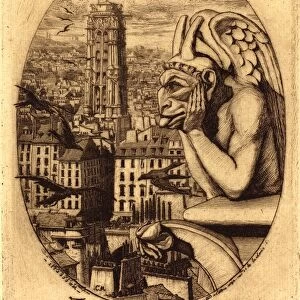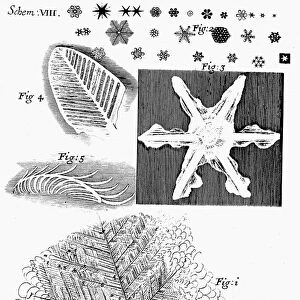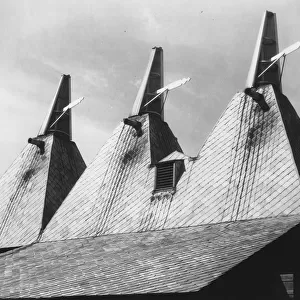Home > Universal Images Group (UIG) > History > Science
Hookes observations of cellular structure of cork (fig 1) and sprig of Sensible
![]()

Wall Art and Photo Gifts from Universal Images Group (UIG)
Hookes observations of cellular structure of cork (fig 1) and sprig of Sensible
Hookes observations of cellular structure of cork (fig 1) and sprig of Sensible (Sensitive) plant (fig 2). First use of word cell to name honeycomb nature of cork. From Robert Hooke Micrographia London 1665. Engraving
Universal Images Group (UIG) manages distribution for many leading specialist agencies worldwide
Media ID 9767547
© Universal History Archive/Universal Images Group
1665 Cell Cork Honeycomb Hooke Micrographia Microscope Microscopy Observation Observations Plant Robert Science Sprig Structure Word Cellular Sensitive
FEATURES IN THESE COLLECTIONS
> Europe
> United Kingdom
> England
> London
> Related Images
> Universal Images Group (UIG)
> History
> Science
EDITORS COMMENTS
This print showcases two significant observations made by Robert Hooke in his groundbreaking work, Micrographia, published in London in 1665. In figure 1, we are presented with Hooke's detailed depiction of the cellular structure of cork. This image marks a pivotal moment in scientific history as it was here that Hooke first coined the term "cell" to describe the honeycomb-like nature of cork cells. His revolutionary observation forever changed our understanding of biological structures. Figure 2 captures another remarkable discovery by Hooke - a sprig from the Sensible (Sensitive) plant. Through his meticulous use of microscopy, Hooke unraveled the intricate cellular arrangement within this botanical specimen. The engraving beautifully portrays these microscopic details and highlights Hooke's keen eye for observation. Hooke's contributions to both botany and microscopy were truly pioneering, solidifying his position as one of England's most influential scientists. His work laid the foundation for future advancements in cell biology and inspired countless researchers to delve deeper into understanding life at its smallest scale. This print not only serves as a visual reminder of Hooke's extraordinary achievements but also pays homage to his profound impact on science and our understanding of the natural world. It is an exquisite representation of early English scientific exploration and stands as a testament to human curiosity and ingenuity.
MADE IN AUSTRALIA
Safe Shipping with 30 Day Money Back Guarantee
FREE PERSONALISATION*
We are proud to offer a range of customisation features including Personalised Captions, Color Filters and Picture Zoom Tools
FREE COLORIZATION SERVICE
You can choose advanced AI Colorization for this picture at no extra charge!
SECURE PAYMENTS
We happily accept a wide range of payment options so you can pay for the things you need in the way that is most convenient for you
* Options may vary by product and licensing agreement. Zoomed Pictures can be adjusted in the Cart.



